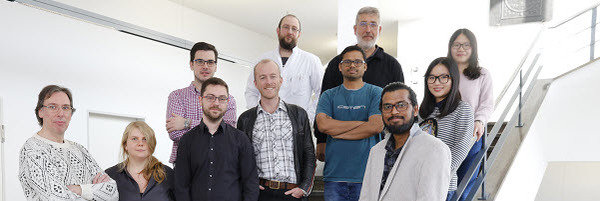Here the focus lies on investigating the temperature dependent fracture of materials down to the individual microstructural length-scales, such as respective phases, grain/phase boundaries or hetero-interfaces, to understand brittle-ductile transitions in deformation and the role of chemistry or crystallography on it.


